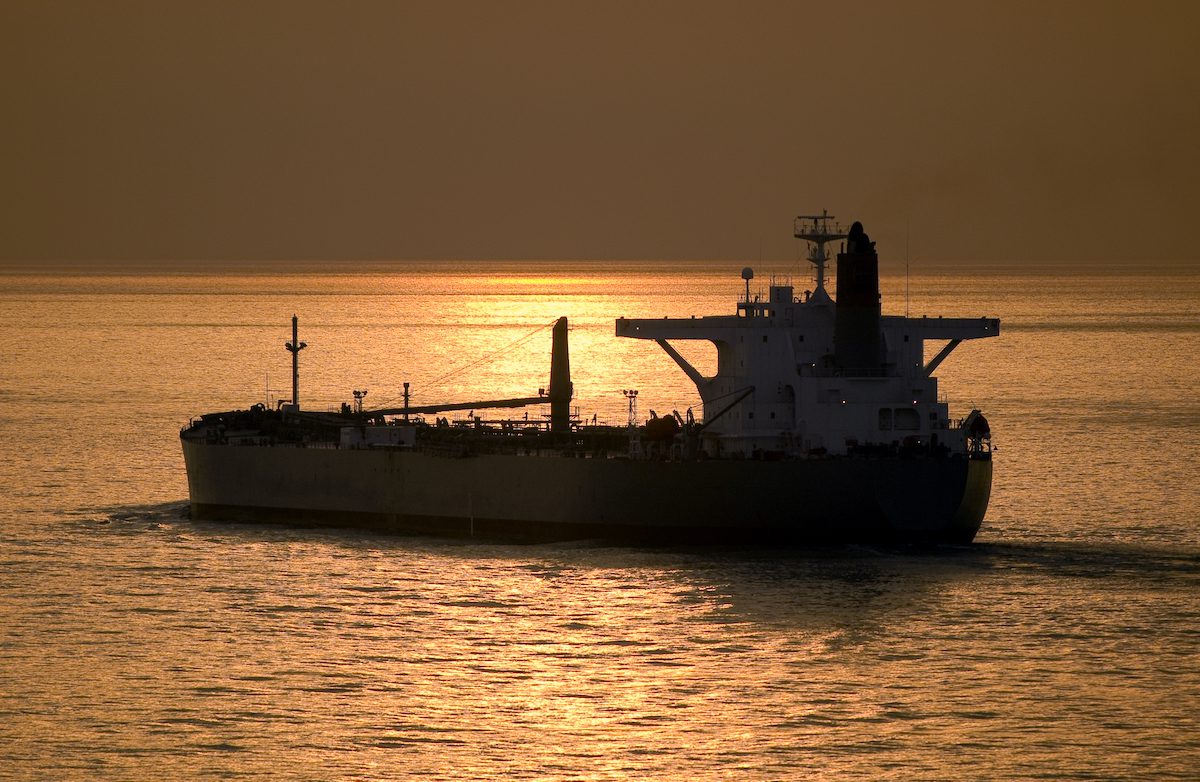By Barry Parker (gCaptain) –
A recent Substack article in the “Misadventures in Shipping” series by analyst Edward Finley-Richardson notes that oil exports out of Novorossiysk Sea Port (NSP) have had a dominant share in 2022, compared to other Russian oil ports.
He points out that loading data shows that most of the oil goes to the European Union, Turkey and Israel, but he then asks whether it is actually going farther away.
Mr. Finley-Richardson sees a continued brightening in the already illuminated tanker markets, saying that: “Where will all this oil go, once the EU embargo on Russian crude oil takes effect on 5 December 2022? Much, much farther away. That is precisely what oil tanker executives and investors are so excited about. With the increase in “ton miles” (a measure of both the volume shipped, and the distance it travels), the amount of available tankers at any time will be artificially limited.”
The tanker market will start to get more interesting in the coming months when the EU sanctions on crude kick in, followed by sanctions on products beginning in February 2023. Analyst Finley-Richardson notes a disturbing trend already underway, saying: “Increasingly the oil is loaded onto a second tanker via ship-to-ship transfer, to be sent to Chinese and Indian refineries…only to be exported back to the West, once the provenance of the Russian crude has been sufficiently obscured.”
Deutsche Bank equities analyst Amit Mehrotra, in a recent “Weekly Voyage” publication, notes that “It has been reported that non-European owners are preparing to secure older tonnage in order to transport Russian crude and products to other markets in an effort to capture premium rates. We believe this is being reflected in 15-year old secondhand asset values, which have appreciated faster across the VLCC, Suezmax, and Aframax segments compared to younger ships since March.”
Mehrotra’s observations were borne out by sale and purchase brokers Compass Maritime, who wrote, in their latest report: “The tanker S&P market continues to grab the headlines with older VLCC’s leading the way – it has been reported that a 2005 Korean built VLCC had seen $52.5 mill. and that negotiations are still ongoing. This price compares with the June 2022 sale of the M/T “MARIDAKI” (299,990 DWT/Built 2005 at IHI in Japan) at $36.5 mill. levels!” They continue: “There are reports that some tankers that were bought for recycling have now been sold on for further trading,” and they cite a 2000 built VLCC that was sold for scrap in Spring 2022, only to more recently be resold for continued operation, taking advantage of the strong market.
The market could get disrupted in other ways, too. The “non-European owners” mentioned by Mehrotra (with ships increasingly classed by lesser known Societies) would presumably be purchasing insurance from providers not withholding cover on vessels moving sanctioned cargoes. Where is all this leading? Some analysts have suggested that we could be seeing a truly bifurcated (and highly inefficient) tanker market- those tied to the “good guys” in one camp, and all the others operating in a different eco-system.
To further complicate matters, a different plan in the works would allow movements of Russian oil- provided that its price was capped. Deutsche Bank’s Mehrotra opines that: “EU Commission President Ursula von der Leyen announced plans for the eighth sanctions package against Russia including a framework to establish the legal foundation for an oil price cap measure. It is unclear how price cap measures could be enforced outside of the EU and several key importers of Russian crude, including China and India, have not agreed to such a plan.”
At a recent Capital Link conference in New York, Seward and Kissel sanctions expert Bruce Paulsen hosted a seminar featuring representatives from the U.S. Department of the Treasury, which is also fine-tuning plans for a similar initiative.
As market participants are beginning to grapple with the impacts of sanctions (in theory, positive for the market because of the longer voyages and inefficiencies all around), word comes from OPEC+ that it is now considering oil production cutbacks of as much as 1 million barrels/ day in the face of lowered oil prices. If all else is unchanged (a very big “if”, I know), that would lead to reduced tonnage demand for tankers. We live in interesting times, as the saying goes.
Tags:

 Join The Club
Join The Club











